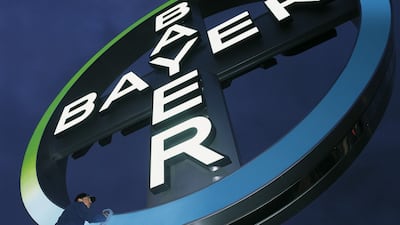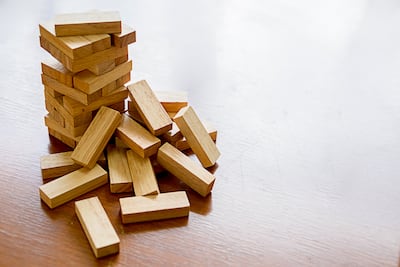Coronary artery disease is a relatively new phenomenon—at least from the standpoint of evolution—and human beings are ill-equipped to combat it. Unlike cells in the body's other types of muscle tissues, heart muscle cells that die as a result of a heart attack or other disease aren't naturally replaced, because cardiocytes don't replicate. Damaged heart tissue can ultimately trigger the cascade that leads to the pathological enlargement of the heart as it tries to compensate for damage; patients suffering these symptoms eventually join the ranks of the 11 million people worldwide that suffer from congestive heart failure (CHF).
Companies, scientists and entrepreneurs have turned over many stones trying to find cells that can act as living and functioning cardiomyocytes, to prevent or reverse the course of CHF; among...
Read the full article – start your free trial today!
Join thousands of industry professionals who rely on Scrip for daily insights
- Start your 7-day free trial
- Explore trusted news, analysis, and insights
- Access comprehensive global coverage
- Enjoy instant access – no credit card required
Already a subscriber?






